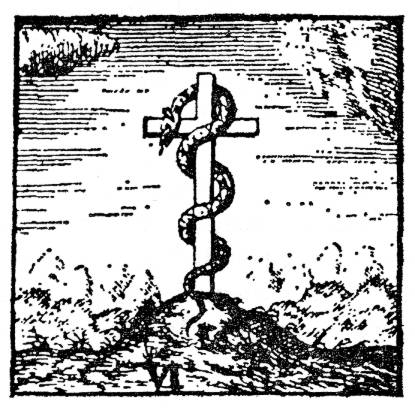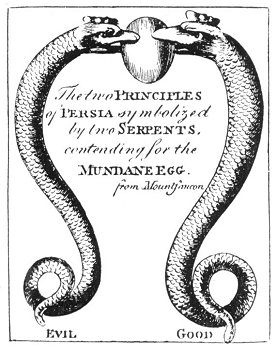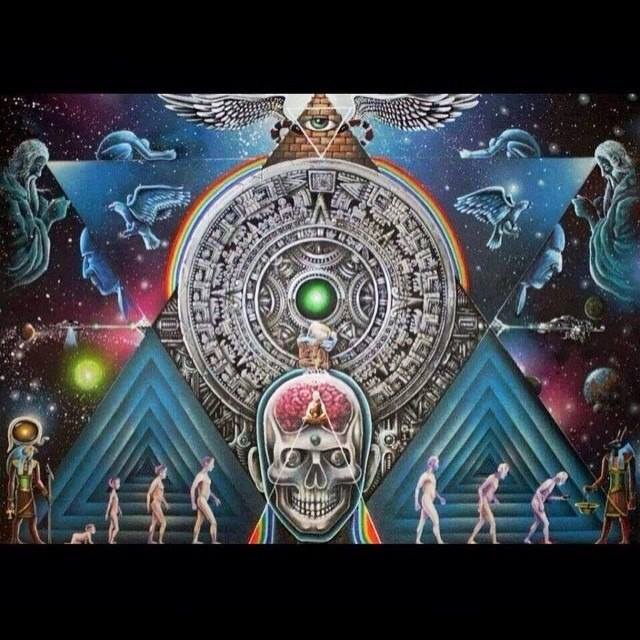Many deities have been associated with the sun. The Greeks believed that Apollo, Bacchus, Dionysos, Sabazius, Hercules, Jason, Ulysses, Zeus, Uranus, and Vulcan partook of either the visible or invisible attributes of the sun. The Norwegians regarded Balder the Beautiful as a solar deity, and Odin is often connected with the celestial orb, especially because of his one eye. Among the Egyptians, Osiris, Ra, Anubis, Hermes, and even the mysterious Ammon himself had points of resemblance with the solar disc. Isis was the mother of the sun, and even Typhon, the Destroyer, was supposed to be a form of solar energy. The Egyptian sun myth finally centered around the person of a mysterious deity called Serapis. The two Central American deities, Tezcatlipoca and Quetzalcoatl, while often associated with the winds, were also undoubtedly solar gods.
In Masonry the sun has many symbols. One expression of the solar energy is Solomon, whose name SOL-OM-ON is the name for the Supreme Light in three different languages. Hiram Abiff, the CHiram (Hiram) of the Chaldees, is also a solar deity, and the story of his attack and murder by the Ruffians, with its solar interpretation, will be found in the chapter The Hiramic Legend. A striking example of the important part which the sun plays in the symbols and rituals of Freemasonry is given by George Oliver, D.D., in his Dictionary of Symbolical Masonry, as follows:
“The sun rises in the east, and in the east is the place for the Worshipful Master. As the sun is the source of all light and warmth, so should the Worshipful Master enliven and warm the brethren to their work. Among the ancient Egyptians the sun was the symbol of divine providence.” The hierophants of the Mysteries were adorned with many. insignia emblematic of solar power. The sunbursts of gilt embroidery on the back of the vestments of the Catholic priesthood signify that the priest is also an emissary and representative of Sol Invictus.
CHRISTIANITY AND THE SUN
For reasons which they doubtless considered sufficient, those who chronicled the life and acts of Jesus found it advisable to metamorphose him into a solar deity. The historical Jesus was forgotten; nearly all the salient incidents recorded in the four Gospels have their correlations in the movements, phases, or functions of the heavenly bodies.
Among other allegories borrowed by Christianity from pagan antiquity is the story of the beautiful, blue-eyed Sun God, with His golden hair falling upon His shoulders, robed from head to foot in spotless white and carrying in His arms the Lamb of God, symbolic of the vernal equinox. This handsome youth is a composite of Apollo, Osiris, Orpheus, Mithras, and Bacchus, for He has certain characteristics in common with each of these pagan deities.
The philosophers of Greece and Egypt divided the life of the sun during the year into four parts; therefore they symbolized the Solar Man by four different figures. When He was born in the winter solstice, the Sun God was symbolized as a dependent infant who in some mysterious manner had managed to escape the Powers of Darkness seeking to destroy Him while He was still in the cradle of winter. The sun, being weak at this season of the year, had no golden rays (or locks of hair), but the survival of the light through the darkness of winter was symbolized by one tiny hair which alone adorned the head of the Celestial Child. (As the birth of the sun took place in Capricorn, it was often represented as being suckled by a goat.)
At the vernal equinox, the sun had grown to be a beautiful youth. His golden hair hung in ringlets on his shoulders and his light, as Schiller said, extended to all parts of infinity. At the summer solstice, the sun became a strong man, heavily bearded, who, in the prime of maturity, symbolized the fact that Nature at this period of the year is strongest and most fecund. At the autumnal equinox, the sun was pictured as an aged man, shuffling along with bended back and whitened locks into the oblivion of winter darkness. Thus, twelve months were assigned to the sun as the length of its life. During this period it circled the twelve signs of the zodiac in a magnificent triumphal march. When fall came, it entered, like Samson, into the house of Delilah (Virgo), where its rays were cut off and it lost its strength. In Masonry, the cruel winter months are symbolized by three murderers who sought to destroy the God of Light and Truth.

Moe is the founder of GnosticWarrior.com. He is a father, husband, author, martial arts black belt, and an expert in Gnosticism, the occult, and esotericism.







